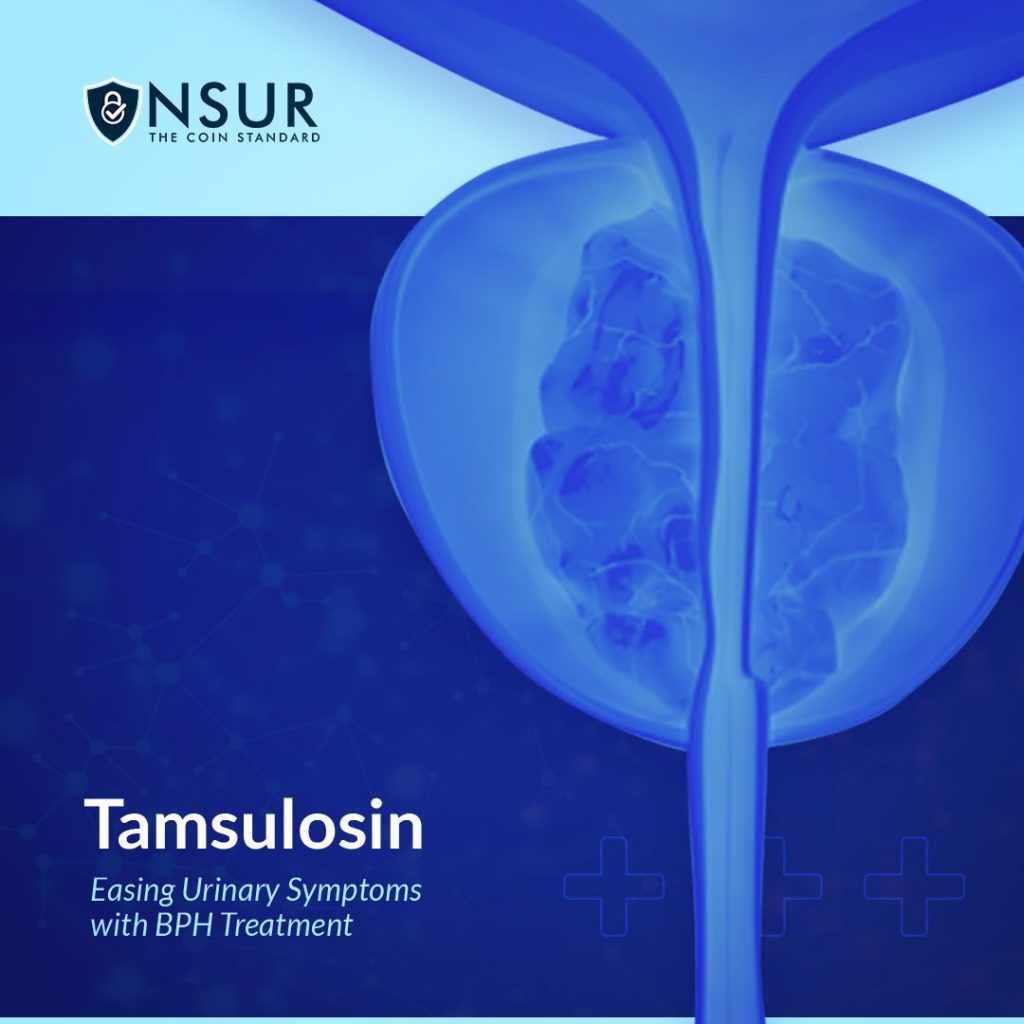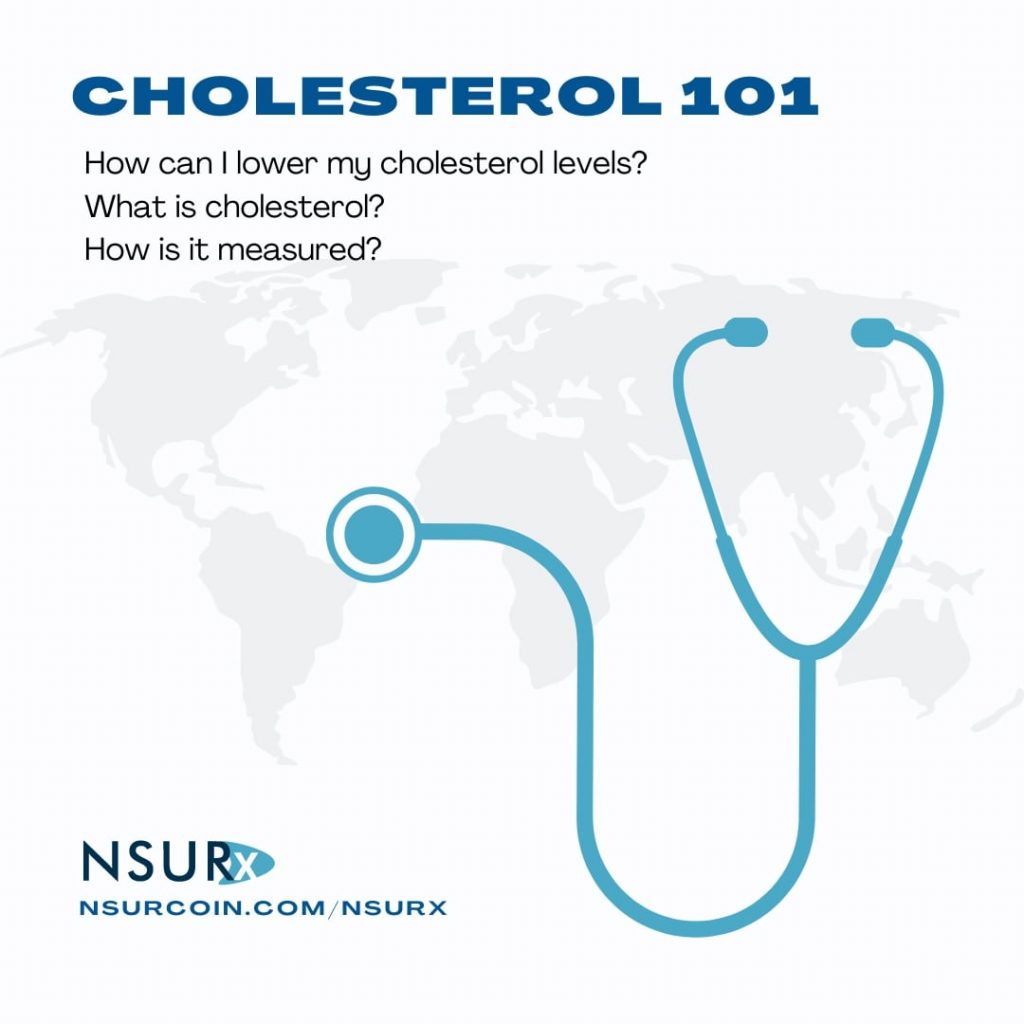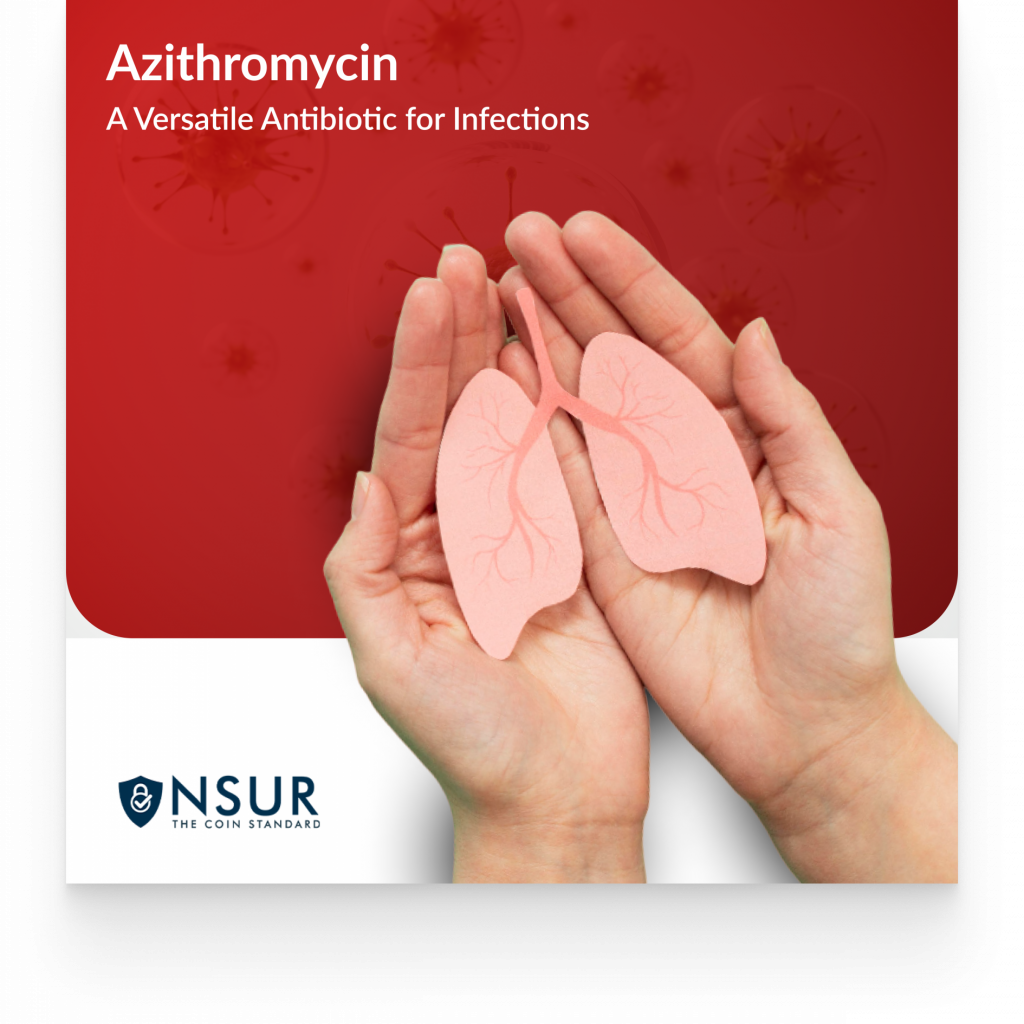
For many men, the progression of age brings with it an unwelcome guest: Benign Prostatic Hyperplasia (BPH). This non-cancerous enlargement of the prostate gland can lead to bothersome urinary symptoms, significantly impacting the quality of life. However, modern medicine offers an effective solution in the form of Tamsulosin, a medication specifically designed to ease these symptoms. In this article, we delve into how Tamsulosin works and its role in managing BPH.
Understanding BPH
Before we explore Tamsulosin, let’s briefly understand what we’re dealing with. BPH is a common condition affecting older men. It’s characterized by an enlarged prostate gland which can squeeze or partially block the urethra, leading to symptoms such as difficulty in starting urination, weak urine stream, and frequent urination, especially at night.
What is Tamsulosin?
Tamsulosin is a medication that belongs to a class of drugs known as alpha blockers. It’s primarily used to improve urination in men with BPH. Unlike some other treatments, Tamsulosin specifically targets the muscles in the prostate and bladder neck, relaxing them, which in turn makes it easier to urinate.
How Does Tamsulosin Work?
The science behind Tamsulosin is fascinating. It works by selectively blocking alpha-1 receptors found in the muscle tissue of the prostate and bladder neck. This action relaxes the smooth muscles in these areas. The relaxation of the bladder neck and prostate muscle fibers reduces resistance to urinary flow, alleviating the urinary symptoms associated with BPH.
Treatment Regimen and Dosage
Tamsulosin is typically prescribed in capsule form and is taken once daily, usually after a meal. The dosage may depend on the severity of the symptoms and the individual’s response to the medication. It’s crucial to follow your healthcare provider’s instructions regarding dosage and treatment duration.
Efficacy of Tamsulosin
Numerous studies have highlighted the effectiveness of Tamsulosin in improving BPH symptoms. Patients often report a significant decrease in symptoms such as difficulty in starting urination, lessened urgency, and reduced nighttime urination. This improvement can greatly enhance the quality of life for those suffering from BPH.
Side Effects and Considerations
While Tamsulosin is generally well-tolerated, like all medications, it comes with potential side effects. Common ones include dizziness, headache, and issues with ejaculation. Less commonly, it can cause a drop in blood pressure when moving from a sitting or lying position to standing, known as orthostatic hypotension. It’s important to discuss these potential side effects with your healthcare provider.
Interactions and Precautions
Tamsulosin can interact with other medications, so it’s essential to inform your healthcare provider about all medications you’re taking, including over-the-counter drugs and herbal supplements. Patients scheduled for cataract surgery should also inform their ophthalmologist if they are taking or have taken Tamsulosin, as it can affect the procedure.
Lifestyle Considerations
In addition to medication, lifestyle changes can also help manage BPH symptoms. These include reducing fluid intake before bedtime, limiting caffeine and alcohol, practicing “double voiding” (urinating, then waiting a few moments and trying again), and staying active.
Take advantage of NSURx for your prescription drugs!
With the NSURx Prescription Benefit Card, you can save money on your medications at more than 35,000 pharmacies across the United States.
You can save up to 80% on your medication by using an NSURx card. Hundreds of dollars in savings could be yours every time you fill out your prescription.
The more you shop with NSURx, the more NSUR Coins you will receive as a reward.
Conclusion
Tamsulosin represents a significant advancement in the management of urinary symptoms associated with BPH. Its targeted action and efficacy make it a popular choice among healthcare providers. However, it’s important to approach BPH treatment as a collaborative effort between you and your healthcare provider, considering both medication and lifestyle modifications to achieve the best outcomes.
Disclaimer
This blog post is intended for informational purposes only and should not be considered a substitute for professional medical advice. Always consult with a qualified healthcare provider for personalized recommendations and guidance.











